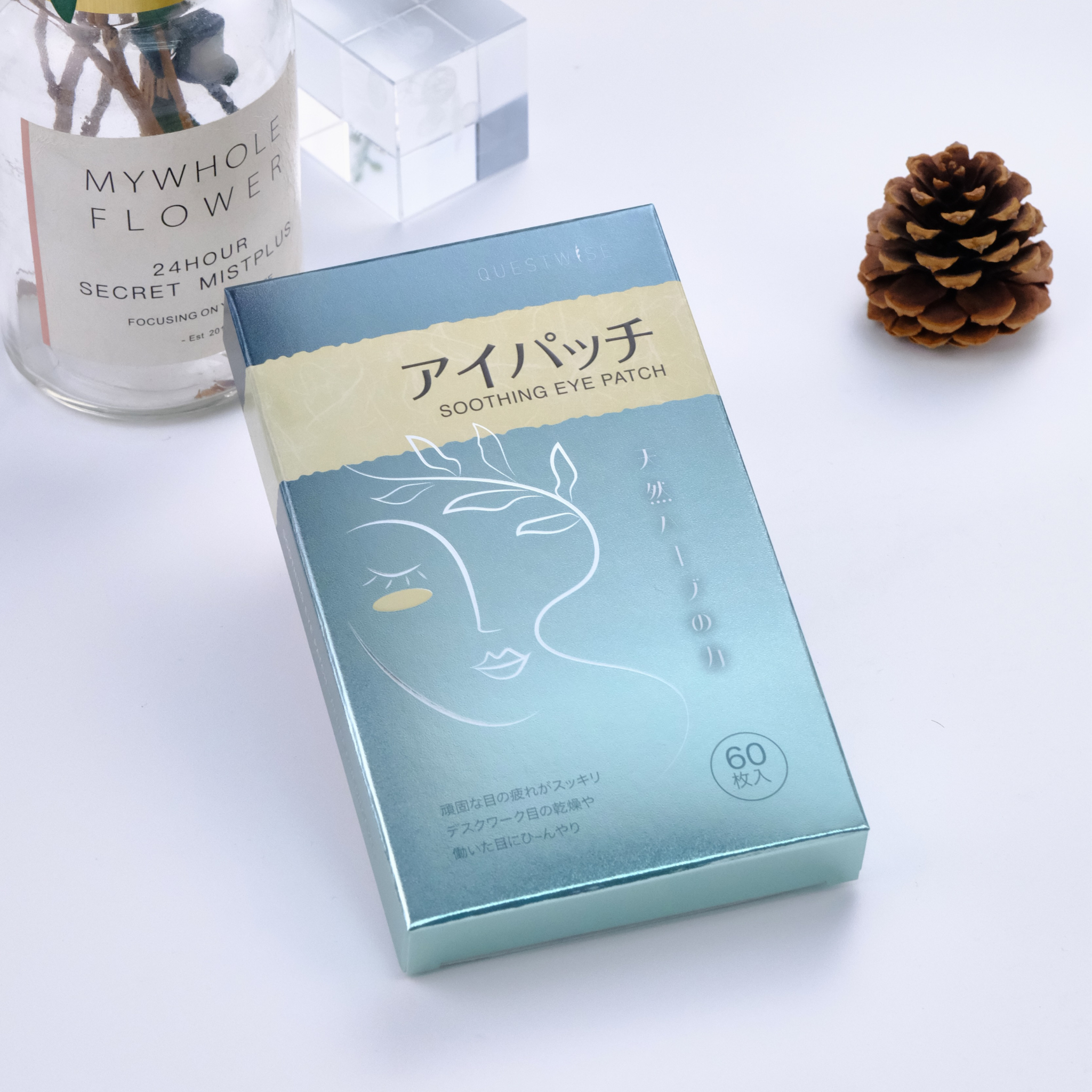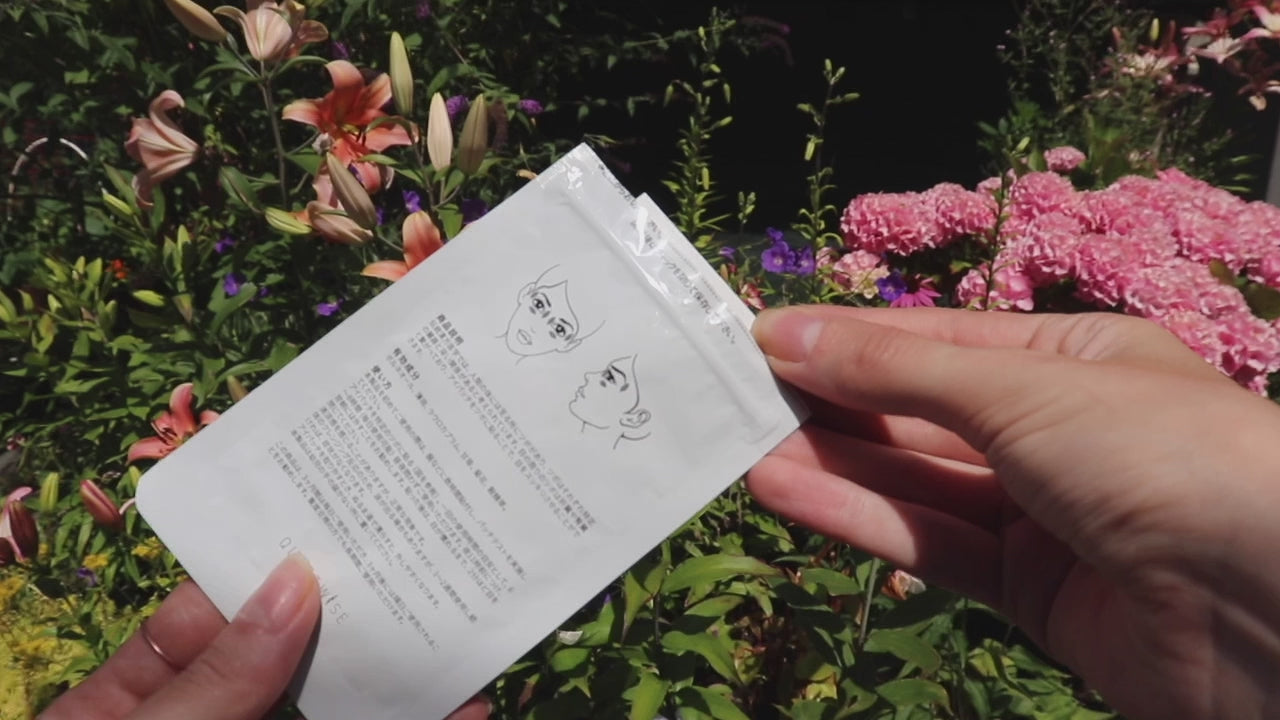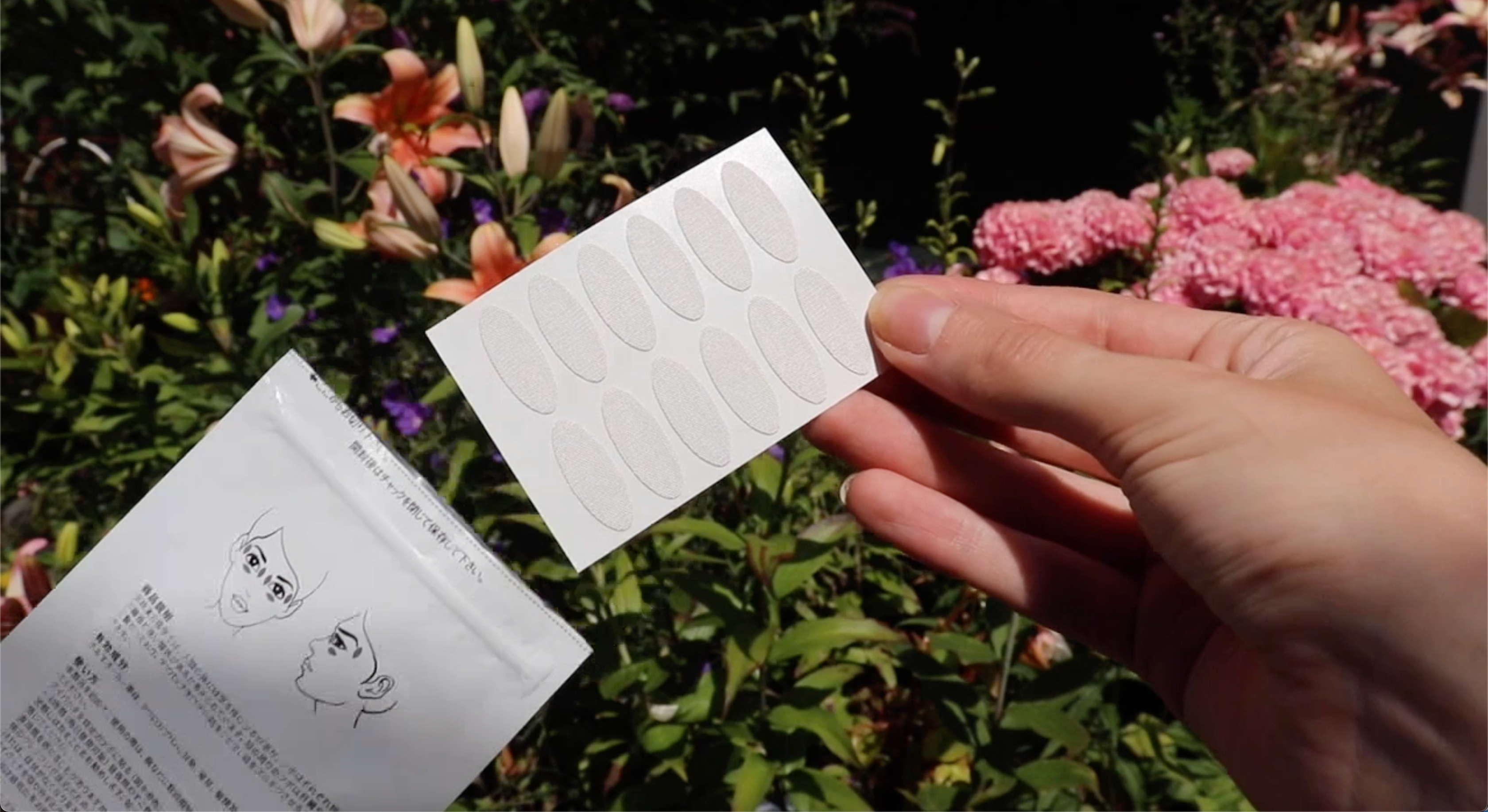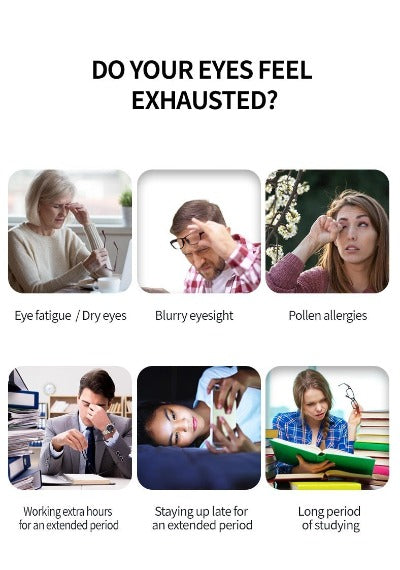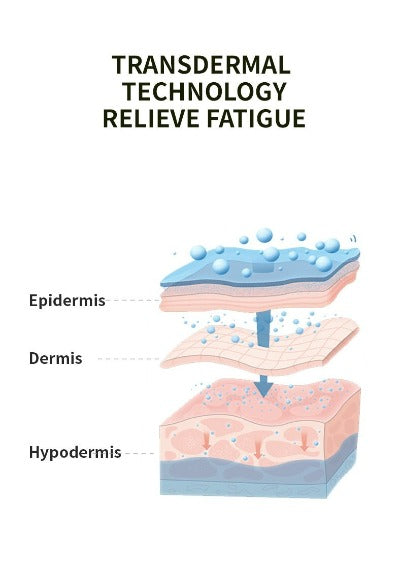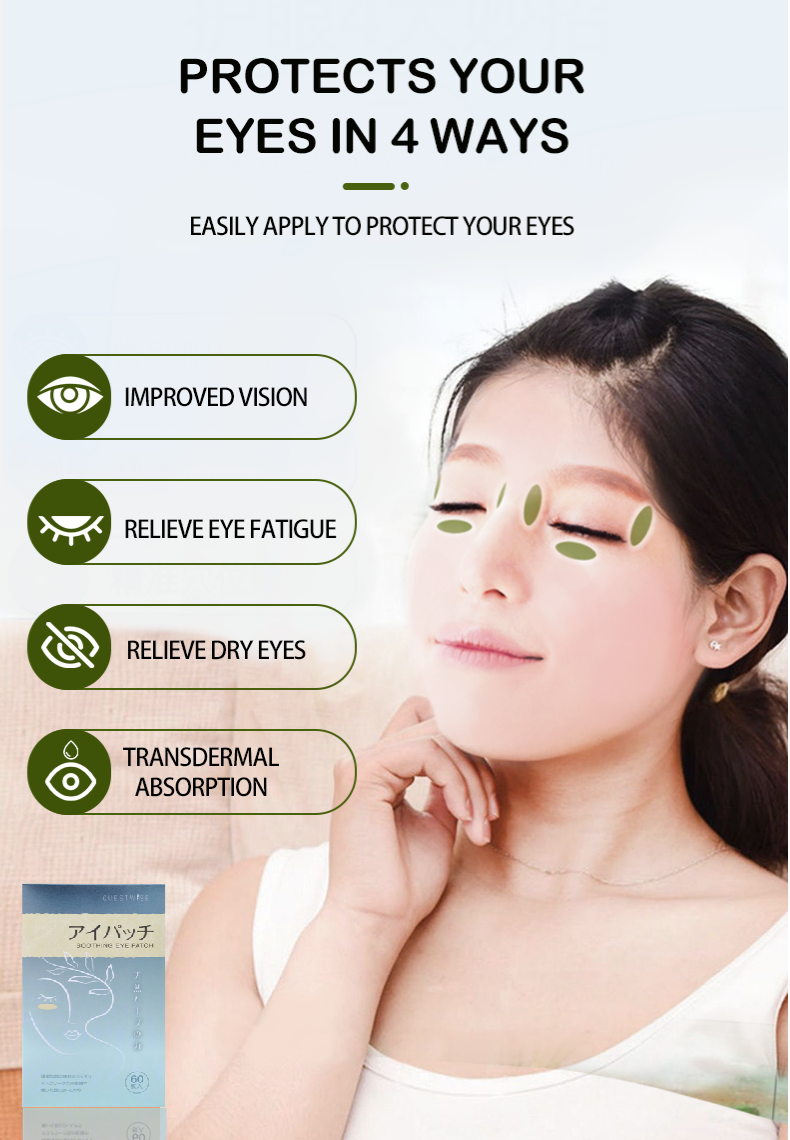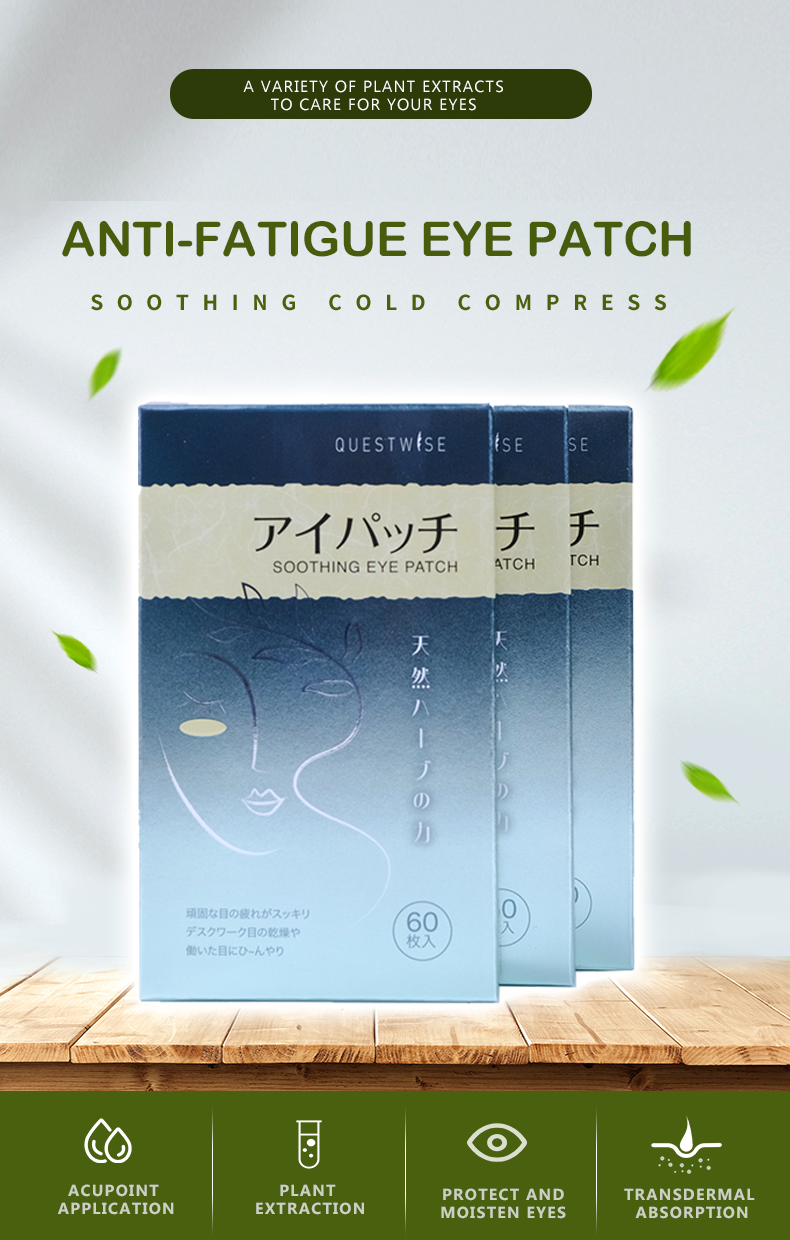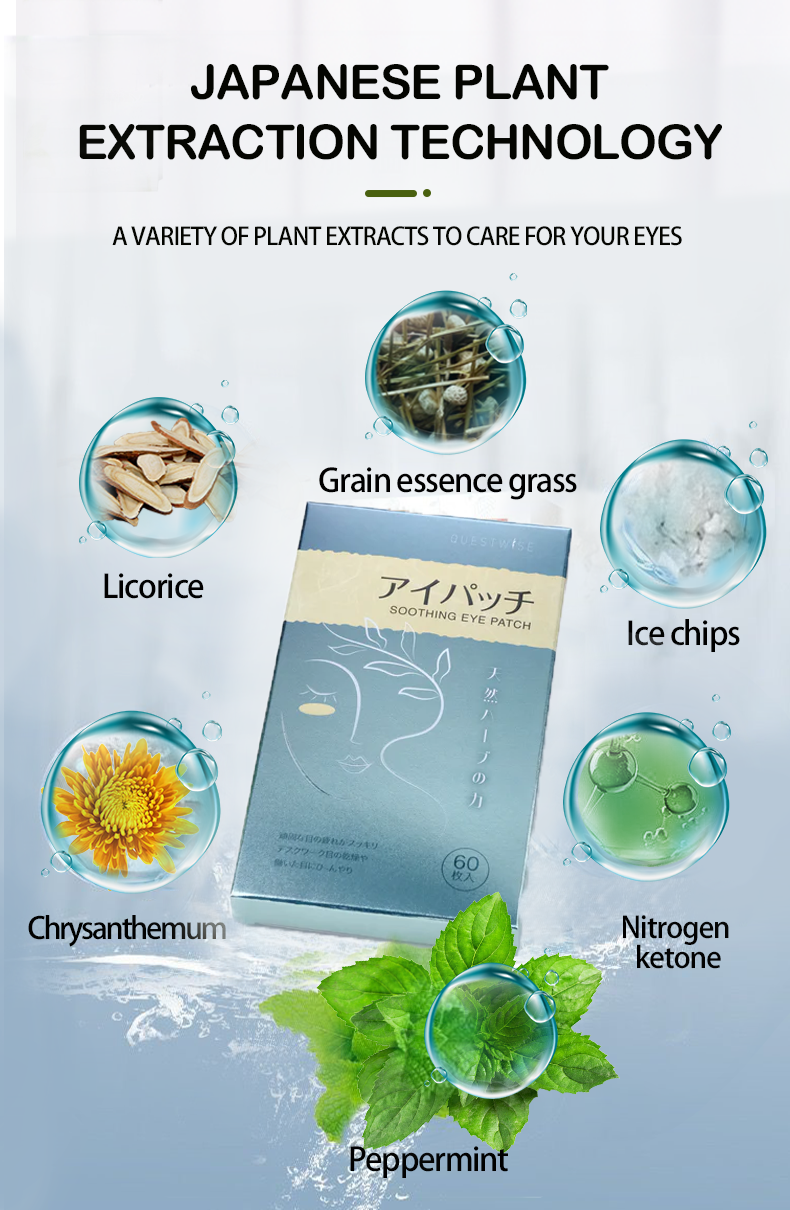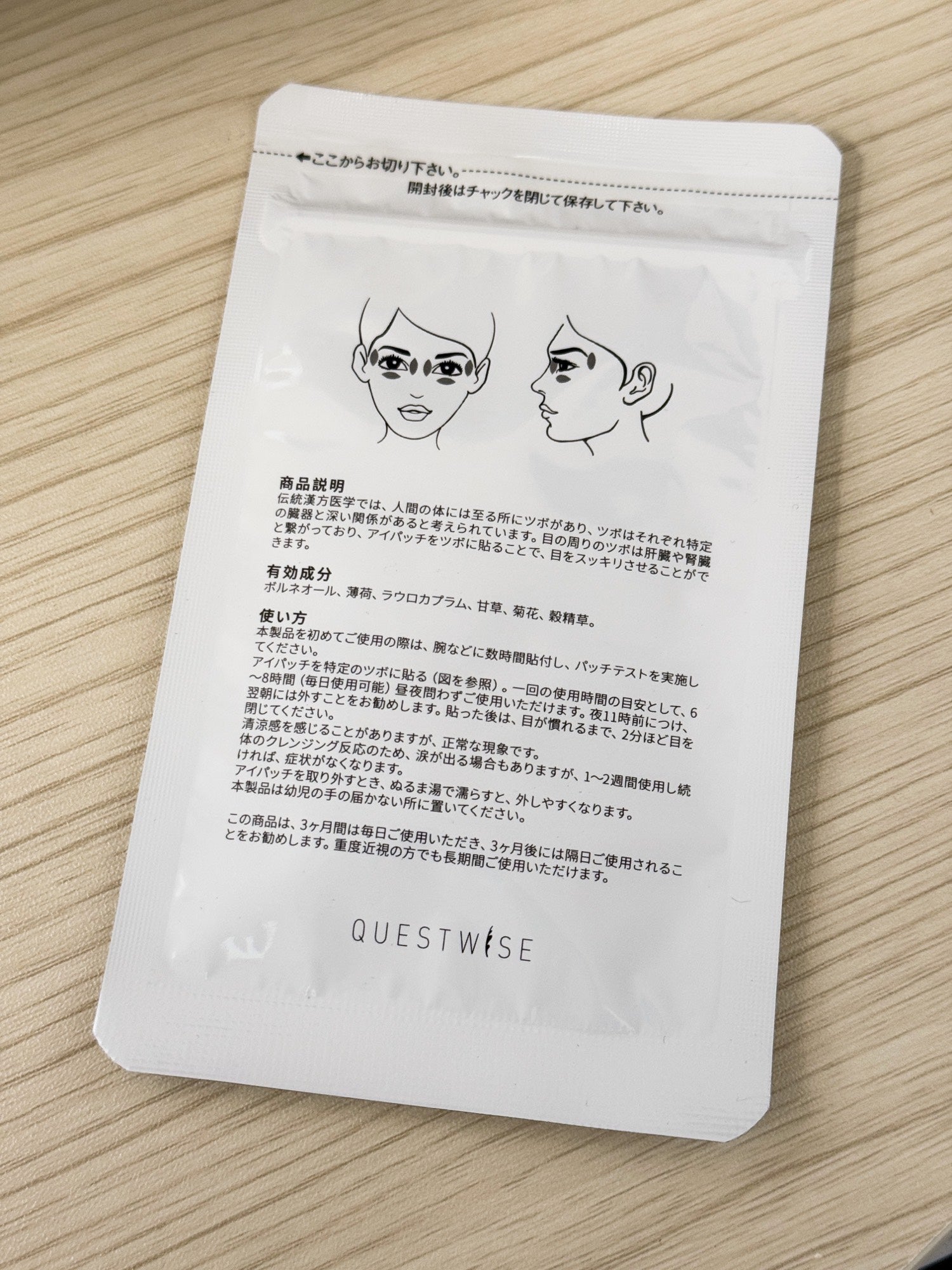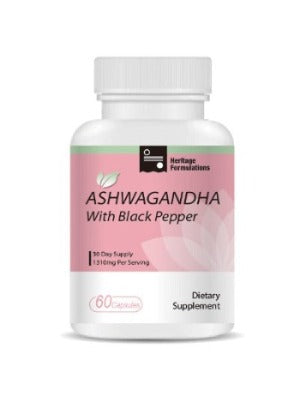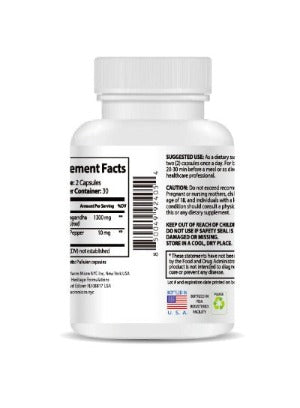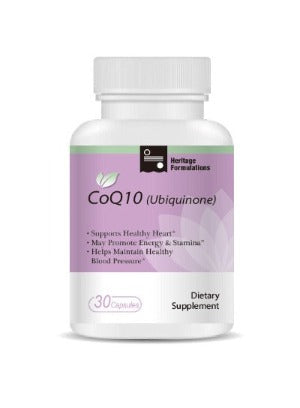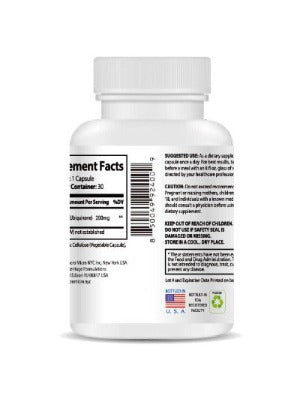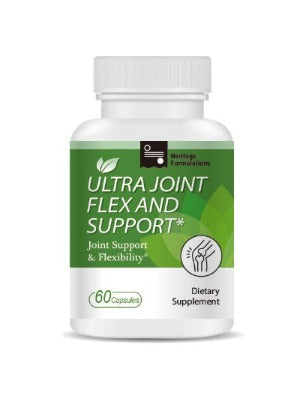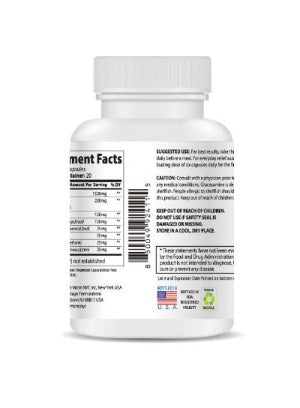For millions of people, contact lenses are a convenient and effective way to correct vision or enhance their appearance. However, if you’re a contact lens wearer experiencing dry, irritated, or uncomfortable eyes, you’re not alone. Dry eye syndrome is a common issue among contact lens users, particularly young adults who rely on lenses daily. This blog post explains why contact lenses can contribute to dry eye, how to manage symptoms, and practical steps to keep your eyes healthy and comfortable. Let’s dive into the details and explore expert-backed solutions.
Understanding Dry Eye and Contact Lenses
Dry eye syndrome occurs when your eyes don’t produce enough tears or when the tears evaporate too quickly, leaving the eye’s surface inadequately lubricated. Symptoms include:
-
A gritty or burning sensation
-
Redness or irritation
-
Blurry vision
-
Sensitivity to light
-
A feeling like something is stuck in your eye
Contact lenses can exacerbate or even cause dry eye because they sit directly on the cornea, interacting with the tear film that keeps your eyes moist. For young adults, who often wear lenses for long hours while working, studying, or socializing, the risk of dry eye is even higher. A 2024 study by the American Academy of Optometry found that 60% of contact lens wearers under 35 reported dry eye symptoms at least occasionally.
So, why do contact lenses lead to dry eye, and what can you do about it? Let’s break down the causes and solutions.
Why Contact Lenses Contribute to Dry Eye
1. Reduced Tear Film Stability
The tear film is made up of three layers: a mucous layer, a watery layer, and an oily layer. Contact lenses can disrupt this delicate balance by absorbing moisture from the tear film or preventing it from spreading evenly across the eye. Soft lenses, in particular, are made of materials that can draw water from your eyes, leading to dryness. This is especially true for older lens materials with lower water content.
2. Extended Wear Time
Many young adults wear contact lenses for 12 hours or more, especially during busy workdays or social events. Prolonged wear reduces the oxygen supply to the cornea, which can impair tear production and lead to discomfort. Overwearing lenses—especially sleeping in them—further increases the risk of dry eye and other complications like corneal infections.
3. Improper Lens Care
Poor hygiene or incorrect lens care practices can contribute to dry eye. For example:
-
Not cleaning lenses properly: Residue from makeup, oils, or debris can build up on lenses, irritating the eyes and disrupting the tear film.
-
Reusing or overwearing lenses: Failing to replace lenses as recommended (e.g., wearing monthly lenses for six weeks) can cause protein deposits to accumulate, making lenses less comfortable.
-
Using low-quality solutions: Some contact lens solutions may not adequately hydrate lenses, leading to dryness.
4. Environmental and Lifestyle Factors
Young adults often face environmental triggers that worsen dry eye when wearing contacts. Air-conditioned offices, dry climates, or exposure to smoke and pollution can accelerate tear evaporation. Additionally, lifestyle factors like dehydration, poor diet, or excessive screen time (which reduces blinking) can compound the problem. A 2025 report in Optometry and Vision Science noted that contact lens wearers who spent over 6 hours daily on screens were 3 times more likely to experience dry eye symptoms.
5. Lens Type and Fit
Not all contact lenses are created equal. Lenses that don’t fit properly or are made of materials with low oxygen permeability (Dk/t) can restrict oxygen to the cornea, leading to dryness and discomfort. For example, traditional hydrogel lenses may dry out faster than newer silicone hydrogel lenses, which allow more oxygen to reach the eye.
Practical Solutions for Contact Lens Wearers
Dry eye doesn’t have to mean giving up contact lenses. With the right strategies, you can wear your lenses comfortably and protect your eye health. Here are expert-recommended tips to manage and prevent dry eye:
1. Choose the Right Contact Lenses
Opt for lenses designed to retain moisture and allow oxygen to reach the cornea. Silicone hydrogel lenses, for example, have higher oxygen permeability and are less likely to cause dryness than traditional hydrogel lenses. Daily disposable lenses are another excellent option, as they eliminate the指標
System: the need for cleaning and reduce the risk of protein buildup. Consult your eye doctor to find the best lens material and fit for your eyes.
2. Follow Proper Lens Hygiene
Good hygiene practices can significantly reduce dry eye symptoms:
-
Clean lenses thoroughly: Use a high-quality, preservative-free solution to clean and store your lenses.
-
Replace lenses on schedule: Follow the replacement schedule for your lenses (e.g., daily, bi-weekly, or monthly).
-
Avoid tap water: Never rinse lenses or cases with tap water, as it can introduce bacteria and irritants.
-
Wash your hands: Always wash and dry your hands before handling lenses to prevent contamination.
3. Limit Wear Time
Avoid wearing lenses for more than 8-10 hours a day, and never sleep in them unless they’re specifically designed for extended wear. Giving your eyes a break by switching to glasses in the evening can help maintain tear film stability.
4. Use Artificial Tears
Preservative-free artificial tears can provide instant relief by supplementing your natural tear film. Use them before inserting lenses and throughout the day as needed. Avoid drops labeled “redness relief,” as they can worsen dryness over time. If symptoms persist, ask your eye doctor about prescription drops or treatments like punctal plugs.
5. Combat Environmental Triggers
-
Use a humidifier: Add moisture to dry indoor environments, especially in air-conditioned or heated spaces.
-
Wear wraparound sunglasses: Protect your eyes from wind, dust, and UV rays when outdoors.
-
Take screen breaks: Follow the 20-20-20 rule—every 20 minutes, look at something 20 feet away for 20 seconds—to encourage blinking and reduce screen-related dryness.
6. Stay Hydrated and Eat a Balanced Diet
Drink 8-10 glasses of water daily to support tear production. Incorporate omega-3 fatty acids (found in fish, flaxseed, and walnuts) to improve tear quality. A balanced diet rich in vitamins A, C, and E also supports overall eye health.
7. Visit Your Eye Doctor Regularly
Regular eye exams are crucial for contact lens wearers. An optometrist can assess your tear film, check lens fit, and recommend treatments tailored to your needs. If you experience persistent discomfort, your doctor may suggest alternative vision correction options or specialized lenses.
When to Seek Professional Help
If you’ve tried the above strategies and still experience dry eye symptoms, consult an eye care professional. Persistent dry eye could indicate an underlying issue, such as meibomian gland dysfunction (blocked oil glands in the eyelids) or an autoimmune condition like Sjögren’s syndrome. Your doctor may recommend advanced treatments, such as warm compresses, lid hygiene routines, or in-office procedures like LipiFlow.
Q&A: Common Questions About Contact Lenses and Dry Eye
Q1: Can contact lenses cause permanent dry eye?
Contact lenses don’t typically cause permanent dry eye, but improper use or overwearing can lead to chronic symptoms. Proper lens care, limited wear time, and regular eye exams can prevent long-term issues.
Q2: Are daily disposable lenses better for dry eye?
Yes, daily disposables can reduce dry eye symptoms because they’re fresh each day, minimizing protein buildup and irritation. They’re also thinner and often more comfortable.
Q3: Can I use eye drops while wearing contact lenses?
Preservative-free artificial tears are safe to use with contact lenses. However, avoid other types of drops unless approved by your eye doctor, as they may damage lenses or worsen symptoms.
Q4: Do blue light glasses help with dry eye caused by contact lenses?
Blue light glasses may reduce eye strain from screens, which can indirectly help by encouraging more natural blinking. However, they’re not a direct solution for dry eye, so combine them with other strategies.
Q5: How do I know if my contact lenses are the wrong fit?
Signs of a poor fit include persistent discomfort, redness, blurry vision, or lenses that move excessively. If you experience these, see your eye doctor to adjust the fit or try a different lens type.
Final Thoughts
Contact lenses offer freedom and convenience, but they can also contribute to dry eye if not managed properly. By choosing the right lenses, practicing good hygiene, limiting wear time, and addressing environmental and lifestyle factors, you can enjoy clear vision without discomfort. Stay proactive about your eye health, and don’t hesitate to consult an eye care professional if symptoms persist. With these practical steps, you can keep your eyes comfortable and healthy while wearing contact lenses.


